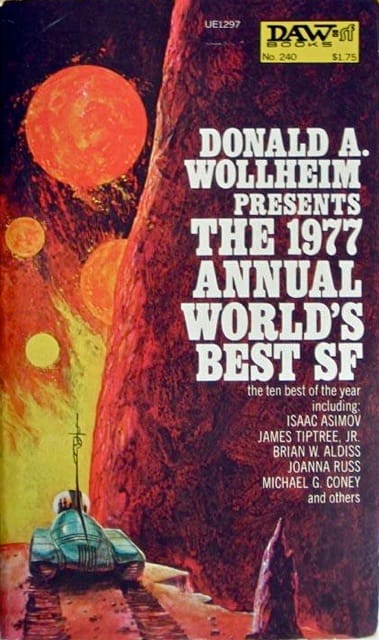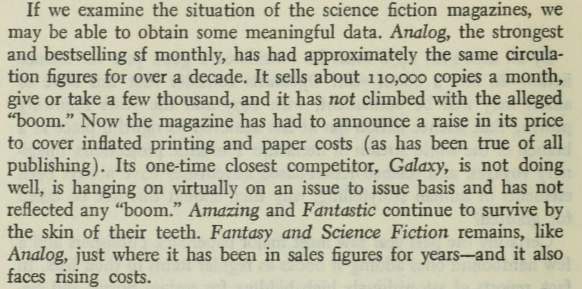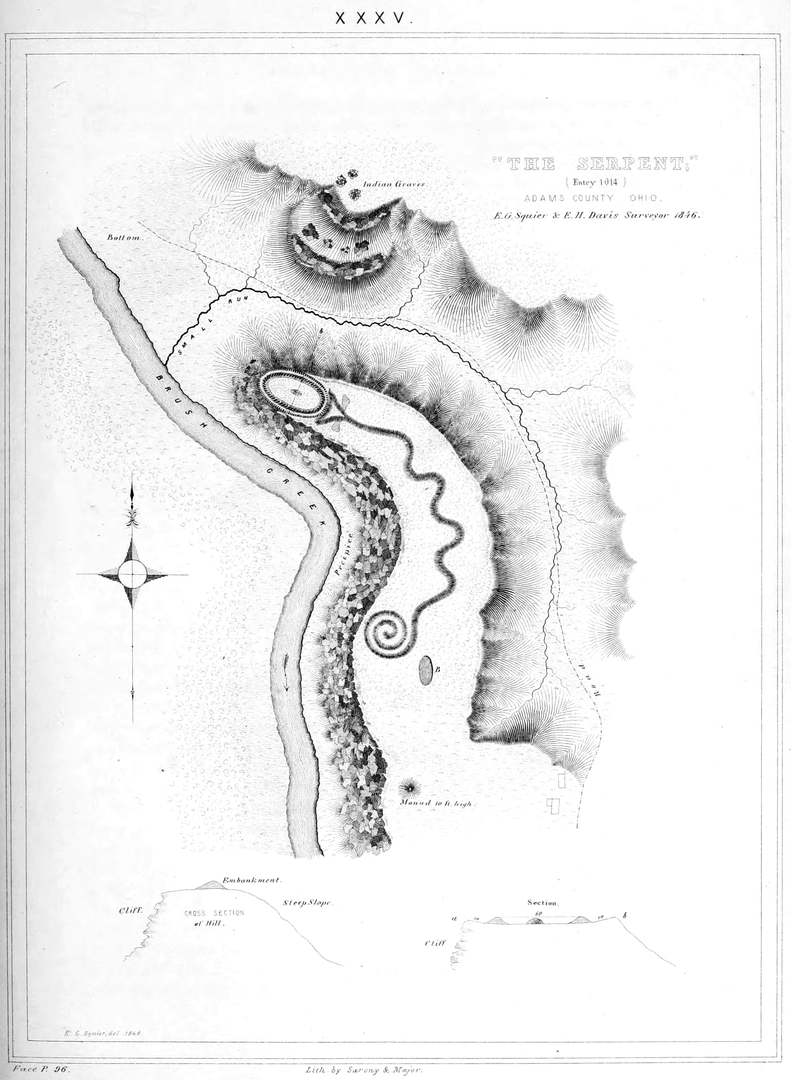The Annual World's Best SF 1977

Friend of the blog and Twitter user @KKalvaitis has a blog post up with a lengthy review of Donald A. Wollheim's 1977 anthology The 1977 Annual World's Best SF.
I'm keenly interested in this anthology, because one of the big questions I've had ever since reading JD Cowan's The Last Fanatics is: to what degree did Wollheim and the other Futurians ameliorate their youthful enthusiasm to change the world through science fiction as they got older?
As editor of DAW books, Wollheim published or re-published a lot of work that didn't fit the Futurian vision of what science fiction should be. That certainly adds some evidence that Wollheim mellowed with age.
But on the other hand, there is this collection, which both explicitly in the introduction and implicitly in the selection of stories is a continuation of the aims of the Futurians from thirty years previously. If you want more details, go read the blog post.
Here, I'm most interested in this statement in the introduction:

Here, Wollheim claims that Analog sold 110,000 copies monthly, which if accurate is pretty good. In a previous blog post, the best estimate I know of the monthly sales of Weird Tales at its peak was 50,000. In that post, I suggested adjusting those sales figures by the relative total population of the United States at the two times, because it is always hard to make longitudinal comparisons without some kind of reference point.
If I pick US population in 1977 and 1935 as benchmarks, that gives me 219 million and 127 million, and an adjustment of 1.7 or so. So 50,000 becomes 85,000 or so. Thus I could tentatively say that Analog was doing well in comparison, although the other thing that is missing is Analog was about the only SF periodical that did well in 1977, as Wollheim says in the snipped paragraph. In 1935, there was a huge flourishing ecosystem of pulp magazines across all genres, with total sales in the millions each month.
It is harder to get an idea of what this looks like in 1977, as the short story market was fragmented. There were a couple of specialized SF magazines, but in the 1970s, popular slicks published short sci fi and fantasy too, in addition to the paperbacks, so any comprehensive look would need to take that into account.


Comments ()